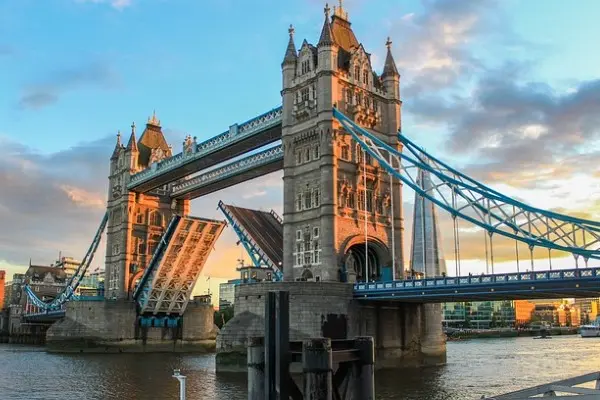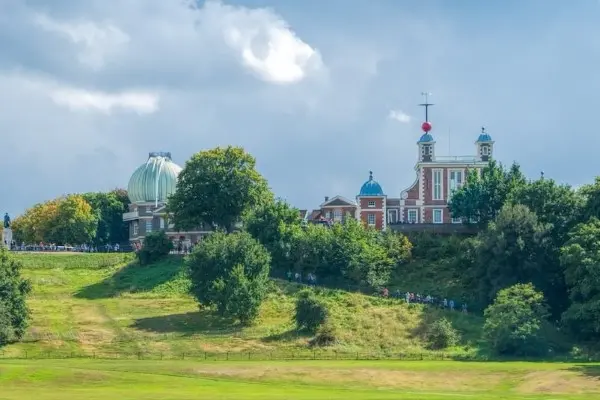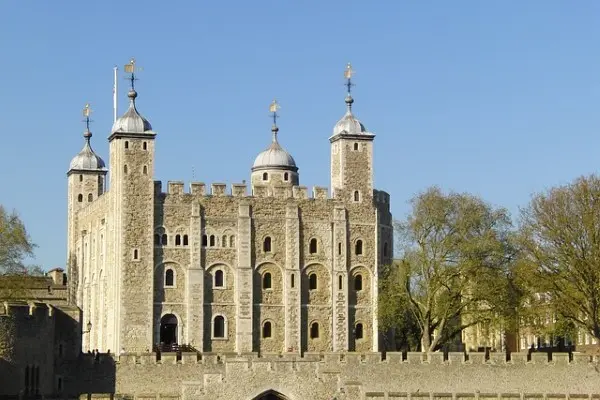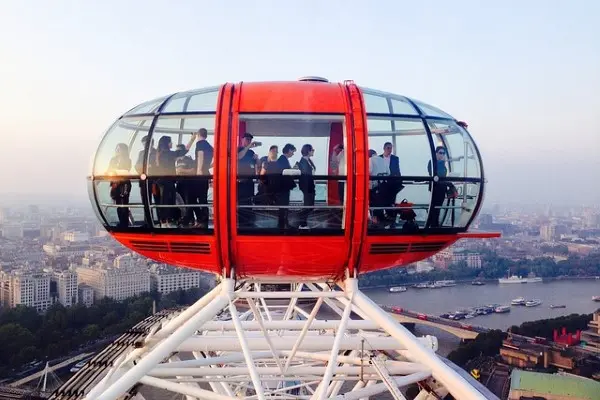The British Museum
Book Tickets NowPostcode: WC1B 3DG
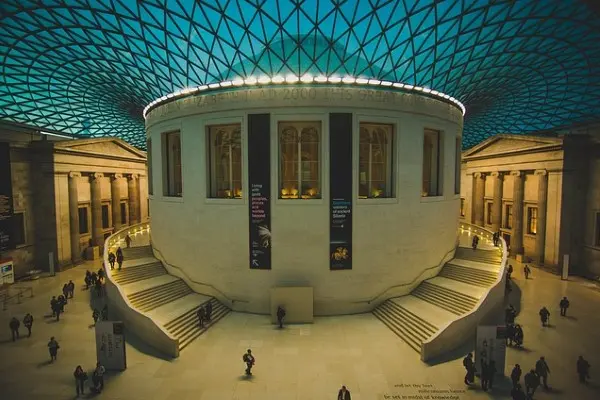
Journey through time and culture at the British Museum - where history comes alive.
Visitor Information: The British Museum
The British Museum
DescriptionThe British Museum is undoubtedly one of the most iconic landmarks in London and a must-visit for anyone interested in history and culture. Founded in 1753, the museum boasts an impressive collection of over 8 million objects from all around the world, spanning a period of two million years of human history. From ancient Egyptian mummies to the Rosetta Stone, the British Museum offers visitors an unparalleled journey through the evolution of human civilization.
Upon entering the museum, visitors are greeted by the Great Court, an awe-inspiring space with a magnificent glass roof that houses the museum’s main information desk and several cafes. From here, visitors can start their journey through the museum’s vast collection.
One of the most popular exhibits in the British Museum is undoubtedly the Egyptian collection, which includes over 100,000 objects. Highlights of the Egyptian collection include the Rosetta Stone, a stele inscribed with a decree issued at Memphis in 196 BC that provided the key to the decipherment of Egyptian hieroglyphs, and the mummies and coffins of ancient Egyptian pharaohs and their families.
Another highlight of the British Museum is the Greek and Roman collection, which features artefacts from ancient Greece and Rome, including the Parthenon sculptures and the Elgin Marbles. Visitors can also explore the museum’s collection of Islamic art, which includes stunning works of calligraphy, textiles, ceramics, and metalwork.
The British Museum’s collection also includes a range of artefacts from Africa, Asia, and the Americas. These include the Benin Bronzes, a collection of bronze sculptures and plaques from the Kingdom of Benin in what is now modern-day Nigeria, and the Sutton Hoo treasure, a collection of Anglo-Saxon artefacts discovered in a burial mound in Suffolk.
For those interested in British history, the British Museum also features a collection of objects related to the country’s past, including the Lewis Chessmen, a group of 12th-century chess pieces discovered on the Isle of Lewis in Scotland, and the Mildenhall Treasure, a collection of Roman silver objects discovered in Suffolk.
Overall, the British Museum offers visitors an unparalleled opportunity to explore the history of human civilization. With its diverse collection of objects from all around the world and across different time periods, the museum is a must-visit destination for anyone interested in culture and history. So why not plan your visit today and discover the wonders of the British Museum for yourself?
Highlights
Not to be missed when visitingRosetta Stone: This stone helped experts learn how to read Egyptian hieroglyphs. It’s inscribed with a decree issued in 196 BC in three scripts: Greek, hieroglyphs, and Demotic script.
Elgin Marbles: Also known as the Parthenon Marbles, these sculptures were removed from the Parthenon in Athens by Lord Elgin in the early 19th century and have been a source of controversy ever since.
Egyptian Mummies: The museum has an extensive collection of mummies and artifacts from Ancient Egypt.
The Lewis Chessmen: Discovered in Scotland, these 12th-century carved walrus ivory and whales’ teeth pieces are among the most significant chess pieces in history.
Hoard of Sutton Hoo: One of the most important archaeological discoveries in England, this hoard from an Anglo-Saxon burial site includes incredibly well-preserved artifacts.
Assyrian Lion Hunt Reliefs: These large alabaster bas-reliefs depict a lion hunt, and they once decorated the walls of the Assyrian king Ashurbanipal’s palace.
The Standard of Ur: A small trapezoidal box showing one of the earliest representations of a Sumerian army, from around 2600 BC.
Ain Sakhri Lovers: This small sculpture from around 9000 BC is considered the oldest known representation of a couple making love.
The Holy Thorn Reliquary: A dazzling masterpiece of 14th-century French goldsmith’s work, made to hold a thorn from Christ’s Crown of Thorns.
The Oxus Treasure: The most important surviving collection of Achaemenid Persian metalwork, dating from the 5th and 4th centuries BC.
FAQs
Where is the British Museum located?
The British Museum is located in the Bloomsbury area of London, near Camden, England.
What are the opening hours of the British Museum?
The British Museum is typically open from Monday to Sunday, from 10:00 AM to 5:30 PM. However, these hours can change depending on the season or special events, so it’s recommended to check the official website for the most current information.
Is there an admission fee for the British Museum?
Admission to the British Museum is free, but donations are welcomed. Some special exhibitions may charge an admission fee.
Is the museum wheelchair accessible?
Yes, the British Museum is fully accessible for people with mobility impairments. Wheelchairs are available to borrow, and lifts are accessible throughout the museum.
Does the British Museum offer guided tours?
Yes, the museum offers a range of guided tours, audio guides, and gallery talks.
What other attractions are nearby?
If you’re visiting the British Museum in London, there are many other attractions nearby that you might also want to visit:
Covent Garden: Known for its shops, street performers, bars, restaurants, theatres and the Royal Opera House.
King’s Cross Station and Platform 9¾: A must-visit for Harry Potter fans looking for a photo op at the platform that’s famously the departure point for Hogwarts.
The Charles Dickens Museum: Located in the author’s former home, this museum explores his life and work.
Theatreland: London’s main theatre district, where you can catch a wide range of plays, musicals, and performances.
St. Paul’s Cathedral: An iconic fixture of the London skyline, it’s a must-visit for its beautiful architecture and views from the dome.
Trafalgar Square and the National Gallery: One of London’s most famous squares, home to the National Gallery which boasts an extensive collection of over 2,300 paintings.
The West End: Famous for its world-class shopping, particularly on Oxford Street and Regent Street, and its vibrant nightlife.
Leicester Square: Known for its entertainment and nightlife, including numerous cinemas (frequently used for film premieres), restaurants, clubs, and shops.
Somerset House: A large neoclassical building known for its art exhibitions, concerts and outdoor activities, particularly in the winter when it hosts a popular ice-skating rink.
The Strand: A major thoroughfare in the City of Westminster, it’s lined with notable buildings including the Savoy Hotel and Theatre, Somerset House, and several historic churches.


